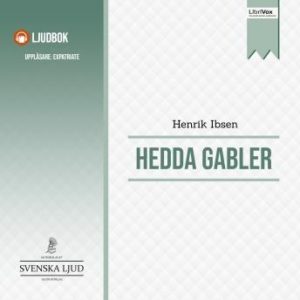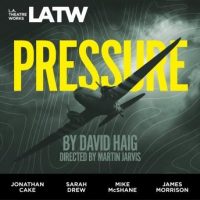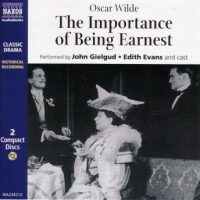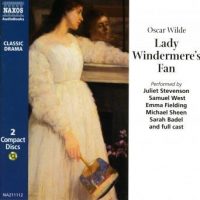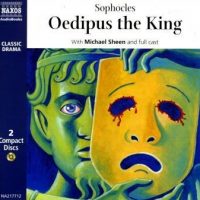Hedda Gabler Audiobook (Free)
Summary:
Among the four profound takes on of Ibsen’s past due period (along with “The Expert Contractor,” “John Gabriel Borkman,” and “When We Dead Awaken”), “Little Eyolf” tells the story of Albert Allmers, a article writer who has yearned to keep at the rear of a literary or philosophical legacy of some sort, but who finally decides to invest that yearning in the life of his small handicapped son, Eyolf. Rita Allmers loves her husband therefore obsessively that she hates any rival for his love, whether it be Allmer’s literary about Hedda Gabler magnum opus, Small Eyolf himself, or Albert’s strangely dedicated sister Asta. Small Eyolf’s tragic death, possibly orchestrated from the eldritch old Rat-Wife, results in a psychological climax among the three adults, because they reveal to one another deep issues of love and hate, complex erotic desires, organic credibility about their emotional emptiness in the face of human tragedy, as well as the realization that all that really matters to anybody of them is normally Lifestyle itself. The famous H. L. Mencken heads a team work committed to the colloquial, lucid rendition of this option translation. Henrik Johan Ibsen was a major 19th-century Norwegian playwright, theatre movie director, and poet. He is also known as “the father of realism” and is among the founders of Modernism in the theatre. His major works consist of Brand, Peer Gynt, An Enemy of the People, Emperor and Galilean, A Doll’s Home, Hedda Gabler, Ghosts, The Wild Duck, Rosmersholm, as well as the Master Builder. He is the most frequently performed dramatist in the world after Shakespeare, and A Doll’s House became the world’s most performed play by the first 20th century. Several of his takes on were regarded scandalous to many of his period, when European theater was required to model rigid morals of family existence and propriety. Ibsen’s work examined the realities that place behind many façades, disclosing very much that was disquieting to many contemporaries. It utilized a critical eyesight and free of charge inquiry into the conditions of life and issues of morality.
Related audiobooks:

